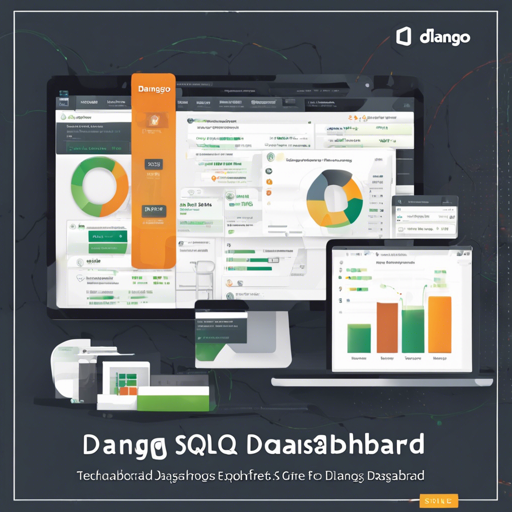Welcome to the world of data visualization! If you’re looking to enhance your Django applications with a powerful, authenticated interface for executing read-only SQL queries against your PostgreSQL database, you’re in the right place. This guide will walk you through the creation of a Django SQL Dashboard, a tool that combines the strengths of Django with the analytical power of SQL.
Understanding Django SQL Dashboard
Django SQL Dashboard is like a sophisticated Swiss Army knife for developers and data analysts. Imagine having a multi-functional tool that allows you to quickly slice, analyze, and serve data without the mess of complex configurations. This tool enables applications such as ad-hoc analysis, debugging, and creating reporting dashboards that can be shared seamlessly with colleagues. It is built upon the powerful capabilities of Datasette.
Key Features
- Run read-only SQL queries and view results in your browser.
- Bookmark queries and share them with team members.
- Create saved dashboards with fine control over user permissions.
- Utilize named parameters for creating interactive dashboards.
- Generate different types of charts, including bar charts and progress bars.
- Export SQL query results as CSV or TSV files.
Getting Started
Before diving into the code, make sure you have the following prerequisites in place:
- Django installed in your environment.
- PostgreSQL database set up and accessible.
Installation
You can install the Django SQL Dashboard using pip. Open your terminal and run the following command:
pip install django-sql-dashboardBasic Configuration
After installation, add ‘django_sql_dashboard’ to your installed apps in the Django settings file:
INSTALLED_APPS = [
...
'django_sql_dashboard',
]Creating Your First Dashboard
To create your first SQL dashboard, include the following in your urls.py:
from django.urls import path
from django_sql_dashboard import views as dashboard_views
urlpatterns = [
...
path('dashboard/', dashboard_views.DashboardView.as_view(), name='dashboard'),
]Now, navigate to /dashboard/ in your browser to access the SQL dashboard interface where you can run queries and visualize data!
Using the Dashboard
Your dashboard allows you to:
- Run queries directly against your PostgreSQL database.
- Save queries and share them with colleagues as links.
- Create interactive widgets to visualize your query outputs.
Troubleshooting
Encountered an issue? Here are some tips:
- If your PostgreSQL connection fails, double-check your database credentials and ensure the database is running.
- For permission issues, make sure your user has the right access level set in Django Admin.
- If queries return errors, ensure they’re formatted correctly and adhere to SQL syntax.
- For more insights, updates, or to collaborate on AI development projects, stay connected with [fxis.ai](https://fxis.ai).
Conclusion
With the Django SQL Dashboard, you can transform raw data into actionable insights without the complexity of traditional data analysis tools. Don’t hesitate to explore the full potential of this tool in your applications!
At [fxis.ai](https://fxis.ai), we believe that such advancements are crucial for the future of AI, as they enable more comprehensive and effective solutions. Our team is continually exploring new methodologies to push the envelope in artificial intelligence, ensuring that our clients benefit from the latest technological innovations.

